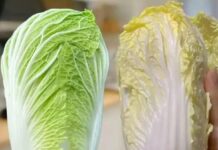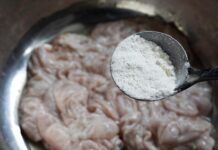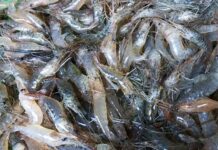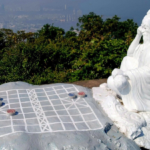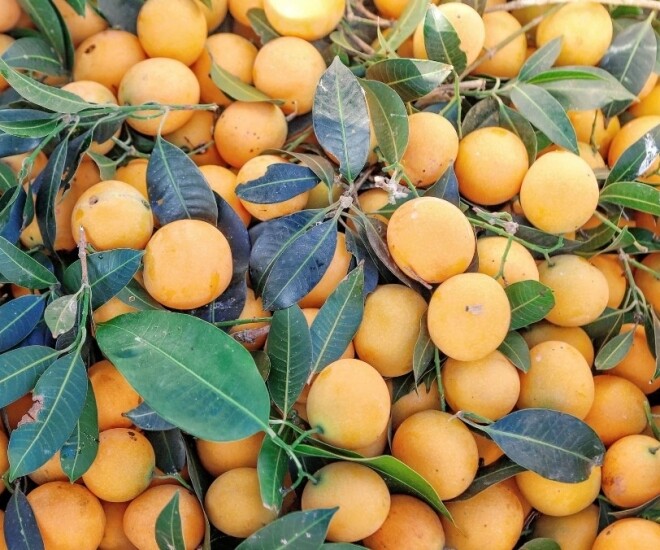
Thanh trà, also known as son tra or chanh cha, is a tropical fruit tree belonging to the Anacardiaceae family, commonly found in Southeast Asia. With the scientific name Bouea gandaria (or Bouea macrophylla), it is closely related to the mango family. In Vietnam, this tree was once found growing wild in the mountainous regions, but has since been cultivated in home gardens, especially in the Mekong Delta region where the climate and soil conditions are ideal.
The son tra tree boasts a sturdy trunk and can grow up to 8-10 meters tall, with a canopy spanning around 3 meters. Its oval-shaped leaves are a vibrant shade of dark green and measure about 8 centimeters in length. Uniquely, the tree blooms twice a year, with a month’s interval between each flowering season. The fruits are typically harvested from mid-December to February, taking around 12 to 15 days to fully ripen on the tree.
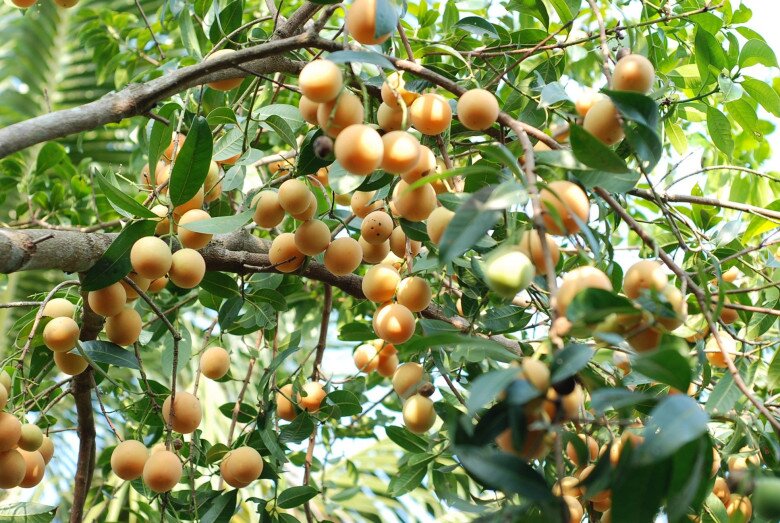
The fruits of the son tra tree resemble small eggs in shape, with thick skins that transition from green to orange as they ripen. A thin layer of powder covers the exterior, shielding the juicy, sweet-sour flesh within. This versatile fruit can be used to add a tangy twist to sour soups or transformed into refreshing beverages.
What sets son tra apart is its ability to impart a subtle, refreshing flavor to sour soups, with some even claiming it to be more delicious than sau (another fruit commonly used for the same purpose).
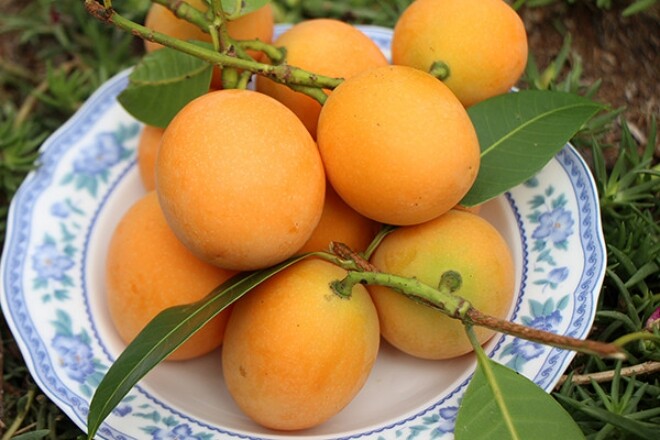
While son tra may not be as well-known in Northern Vietnam as sau, it is gaining popularity due to its distinct flavor and affordable price, typically ranging from 50,000 to 65,000 VND per kilogram.
Beyond its culinary appeal, son tra is a nutritional powerhouse. According to experts, this low-calorie fruit is rich in fiber, vitamins A and B6, and essential minerals. It aids digestion, enhances vision, boosts immunity, and possesses natural anti-inflammatory properties.
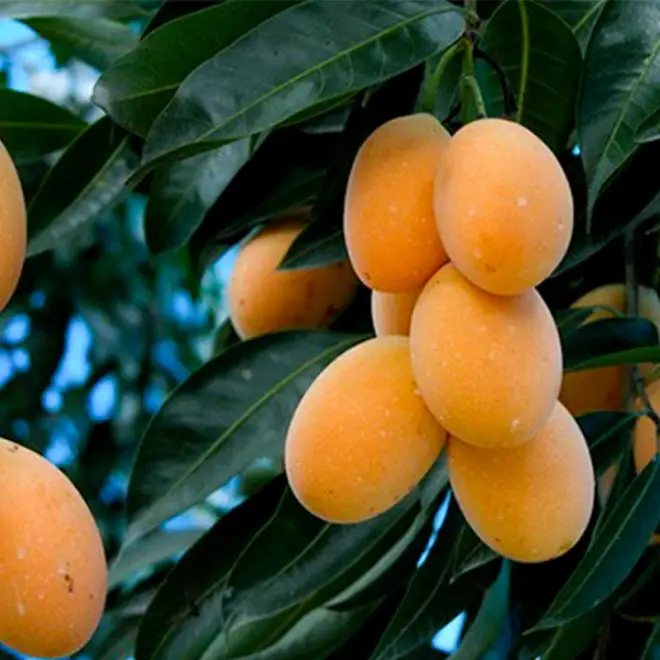
Cultivation and Care of the Son Tra Tree
The son tra tree is not only aesthetically pleasing but also holds symbolic significance. Its lush green foliage and vibrant orange-hued fruits represent prosperity and good fortune. In feng shui, the orange color of the fruits is associated with wealth and positive energy, while the abundant clusters of fruits symbolize fertility and success.
Beyond its symbolic value, the son tra tree provides shade and enhances the beauty of any living space. Additionally, being a long-living tree, it offers a lifetime of harvests, with each season yielding an abundance of fruits that can feed an entire family.
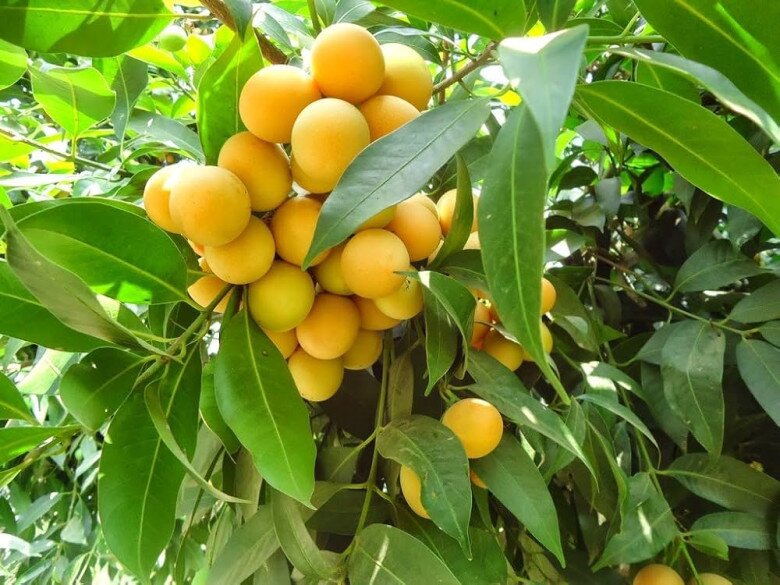
Propagation of the son tra tree can be achieved through two common methods: seed germination and cuttings. While the former can take up to 10 years for the tree to bear fruit, the latter accelerates the process to 3-5 years. However, to achieve high yields and abundant fruiting, the tree requires 20 to 50 years to reach its full potential.

To ensure the healthy growth and productivity of your son tra tree, consider the following care tips:
– Soil: Son tra trees can thrive in various soils, including loam, sandy loam, basaltic soil, and alluvium. However, for optimal growth and productivity, the soil should be moderately fertile, well-drained, nutrient-rich, with a pH between 5.5 and 6.5.
– Light: These trees thrive in sunny conditions, so ensure they receive ample sunlight for efficient photosynthesis.
– Watering: Adjust your watering schedule according to the season. During dry periods, water the tree daily for at least the first month. In the rainy season, reduce the frequency to prevent waterlogging.
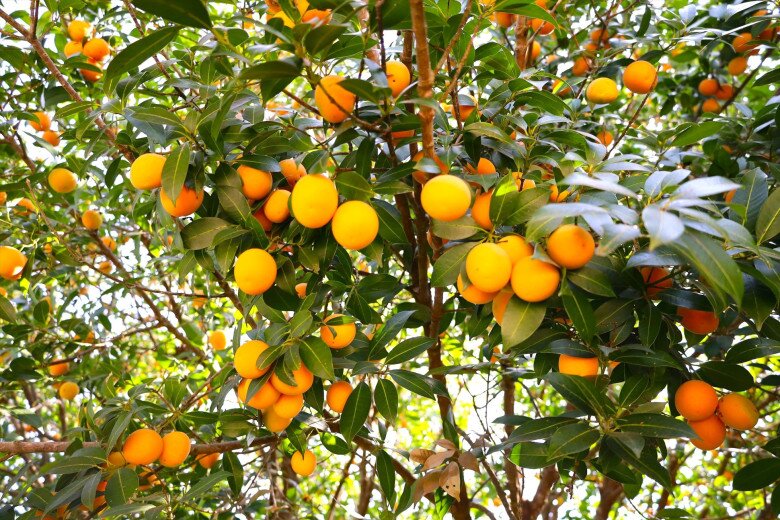
– Fertilization: Fertilize your son tra tree in stages. Before planting, apply 1-3 kg of organic fertilizer per hole, cover it with soil, and wait 20 days before planting.
In the first year, provide 0.5-1 kg of NPK 20-20-15 fertilizer per tree, starting in the first month and repeating every 3-4 months. In the second year, apply 0.3-0.5 kg of NPK 20-20-15 or 16-16-8 fertilizer at the beginning and end of the rainy season.
From the third year onwards, when the tree starts bearing fruit, fertilize four times a year: after harvest, before flowering, when the fruits are a month old, and when they are mature. Use appropriate NPK fertilizers, providing 0.5-1 kg per tree for each application.
– Pruning: Son tra trees tend to branch evenly, so regular pruning is necessary. Prune every 2-3 months, removing dense branches to maintain a well-shaped canopy and promote airflow.
Unveiling the “Roof of Da Nang”: Witness Breathtaking Sunsets, Trace Billionaires’ Steps, and Unwind with a Spot of Tea Meditation
Perched atop the “rooftop” of Da Nang, this vantage point offers a panoramic view of the city below and the sweeping coastline beyond. The azure waters and pristine sands stretch as far as the eye can see, creating a romantic and enchanting atmosphere. This very spot has also played host to a billionaire visitor, who savored the tranquil tea ceremony amidst these serene surroundings.












